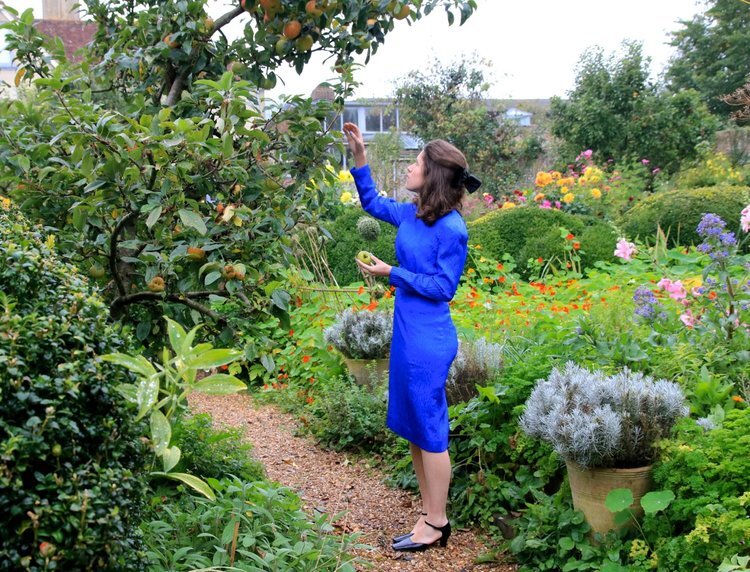Bird’s-Foot Trefoil
Lotus Corniculatus
Fabaceae
19th July 2019
I have a bit of thing for lying down on grass, there is something unbelievable reassuring about lying on the ground I find, and no better place than a park, garden or field, with blue skies, or perhaps a canopy of trees above. Max finds it deeply irritating (he worries about dog poo), but I will admit, that sometimes, during the summer on my cycle home, I will stop on the Common for a little while, lie down on the grass and just look at the sky.
Last weekend at home, Barney and I spent some time together outside reading, and naturally and as the sun was shining, we chose to sit on the currently rather luscious grass in the garden.
The lawn, to my delight, was a mass of beautiful bright yellow, with a smattering of deep orange, tiny buds gently hovering just over the green green grass, some scattered, others tightly drawn together.
I have never given enough attention to this tiny flower, that takes over at this time of year, nor have I noticed that from one single stem yellow, orange and almost red flowers appear rather satisfyingly side by side.
So I decided to investigate.
The flower is called ‘Bird’s-Foot Trefoil’, and it’s proper Latin name is Lotus corniculatus. Due to it’s yellow and red colouring, and ‘bird-foot’ shaped seed pods it has garnered many fun nicknames, from ‘Butter and Eggs’, ‘Eggs and Bacon’ to ‘Tom Thumb’ and the not so savoury ‘Granny’s Toenails’.
It is a member of the pea Family ‘Fabaceae’, it’s relations include the Sweet Pea Lathyrus odoratus, Soybean Glycine max and Gorse Ulex, and it’s closer relations (those of the same ‘Lotus’ Genus) include the rather spectacular Lotus berthelotii native to the Canary Islands.
It flowers in June and carries on until September, grows up to 20cm, has a leaf that divides into 5 leaflets – 3 that sit together just below the flower, hence ‘trefoil’ and is a long lived perennial. It is common everywhere in Britain apparently, enjoys growing in meadows, on lawns and on roadsides, really anywhere grassy, particularly favours sandy soil and loves the sun.
Pollinated by bumblebees (you have to be careful where you sit), Common Blue butterflies enjoy it’s nectar, and it can survive grazing, trampling and mowing. It doesn’t hamper the digestion of ruminants (think cows, sheep), but we probably shouldn’t be eating it, it contains cyanogenic glycosides, which can release small amounts of hydrogen cyanide when softened.
I really rather like it. And shall be looking out for it on my green London amblings.
Alice xx



